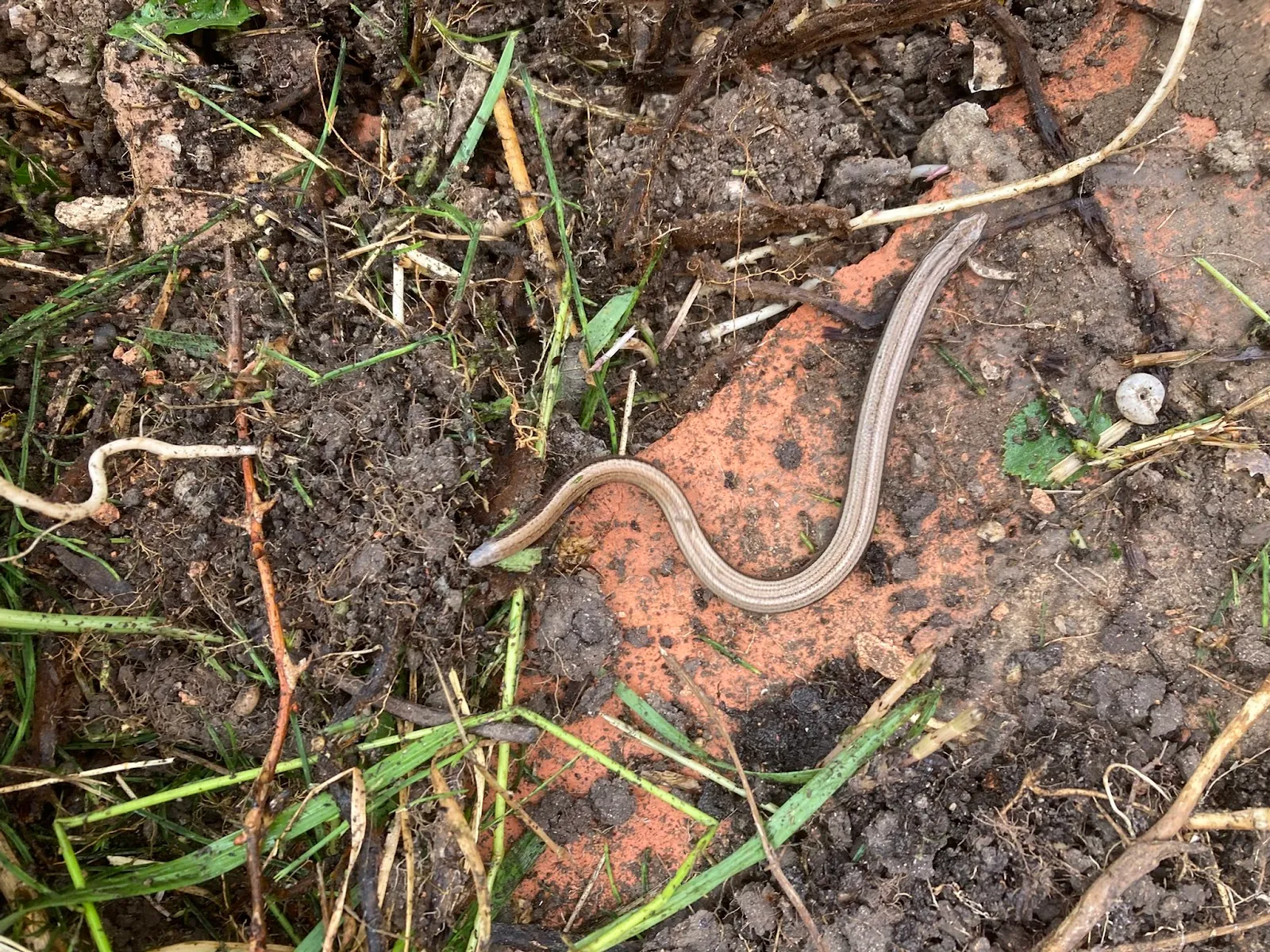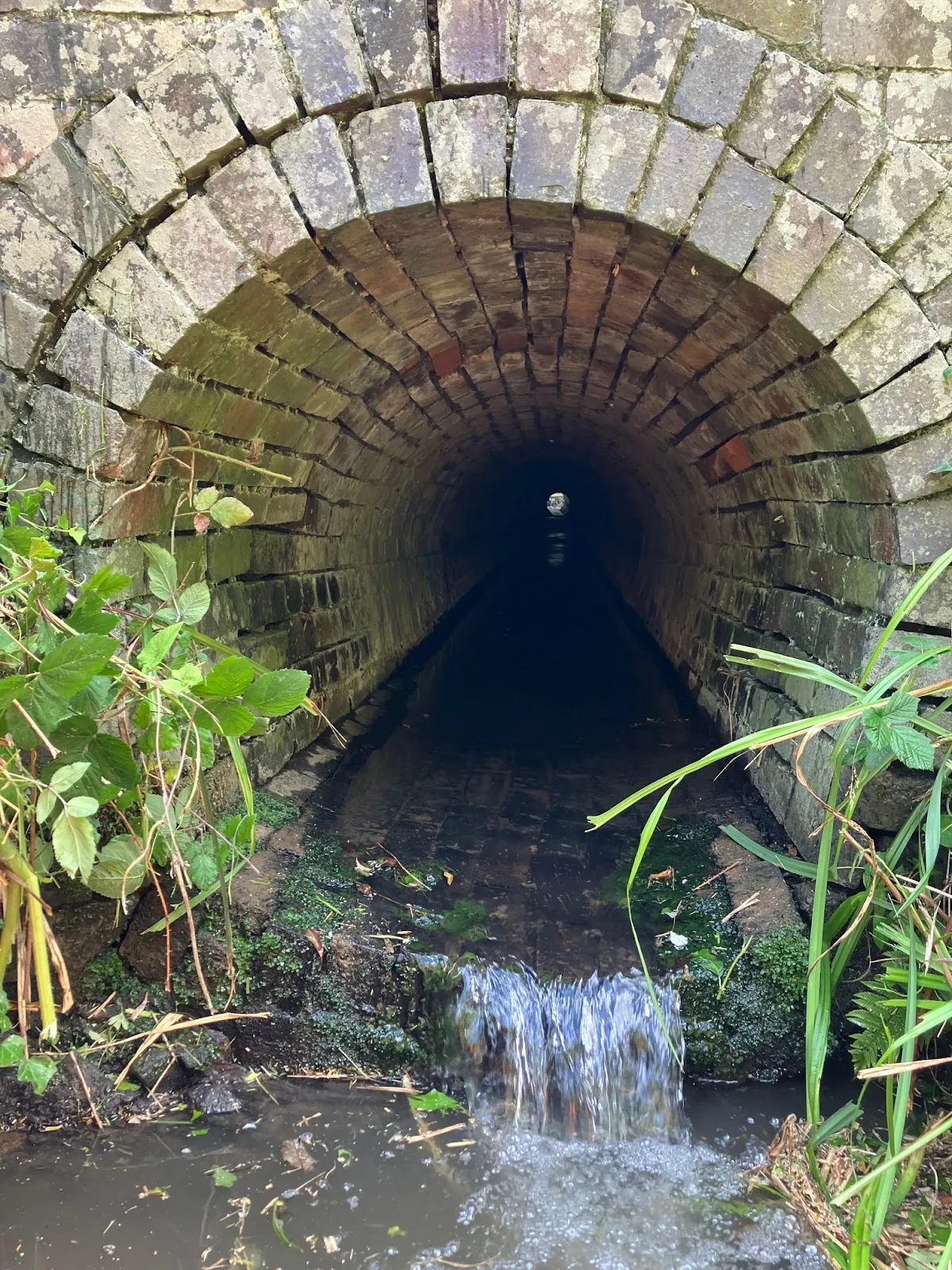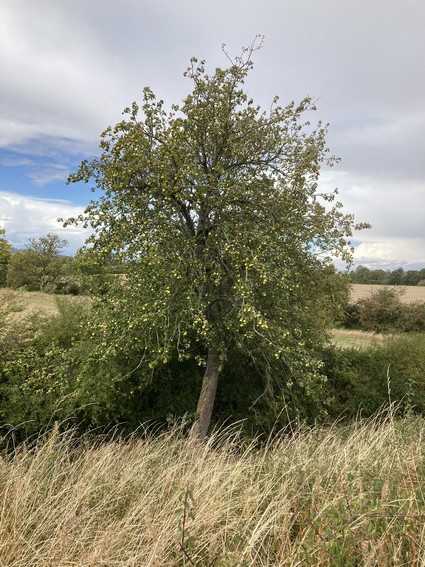We have said goodbye to one of the craziest, hottest summers since 1976, and we find ...
Nature between the Fences – Autumn 2025
By Dr Ian S Pogson CEng, GWSRDrainage team
We have said goodbye to one of the craziest, hottest summers since 1976, and we find ourselves inexorably drawn into autumn. On the railway, the timetable changes in September to reflect the reducing number of passengers, shrinking somewhat like leaves on a tree as we head towards our closed season. Between the fences, there is still much activity, even when there are no trains running. Nature never sleeps.
Of the animals we have seen, one of the rarest was a stoat, which hopped across the tracks as we were working. We have seen deer, including a pregnant muntjac and a roe, many red kites, kestrels and buzzards too. Robins always seem to gather when we are working on the Lineside Drainage, plus woodpeckers, (recognisable from their call and rise-and-fall flight) great tits, wrens, a small flock of finches and a large flock of crows at Didbrook. We have even seen the odd lone heron and a cormorant. Ladybirds of many colours seemed to appear from nowhere as the weather has turned cooler. There is much to see along our railway.
I was listening to the podcast “Green Signals” (episode 104) and one of the interviewees was Neil Strong, Biodiversity Strategy Manager for Network Rail, who was asked about the policy on trackside vegetation. He compared the images we have from memories and photographs of close-cropped greenery on embankments and cuttings in steam days, or as he put it, “Brunellian manicured slopes” with today’s more enlightened approach. It’s the same that we apply on the GWSR, where we view the railway as a 15-mile-long garden, and try to maintain a wildlife corridor. There is still the risk of steam engines throwing out sparks onto the undergrowth. Just watch a steam loco pulling away with a heavy train on an autumnal evening. We do manage the risk of lineside fires, like any other heritage line and it is one of the additional duties recently taken on by the First Response team. To maintain our railway corridor, we leave some greenery standing, have created wildlife ponds and planted new trees. See them in plenty at the south end of Greet tunnel and on the Cotswolds side of Chicken Curve, just north of Winchcombe station. The curve is named after a long defunct chicken farm, where a derailment in 1976 was the final cause of the line’s closure.
An early season sighting at Stanton was some red admiral butterflies, with a few cabbage whites seen later. As befits autumn, the season of harvest and plenty, the abundance of fruit was very obvious. All the lineside pear trees at Stanton were heavy with fruit; some still rock hard as they are perry pears, but others are eaters and were just ripening. “Juicy but very dry” was the taste verdict of one team member. Plenty of blackberries still hang on the brambles, but are now past their best. The remaining berries are smaller and not so sweet. Also well past their peak are the damsons; most had fallen off the trees and are lying on the ground. In contrast, although now ripe, the majority of sloes are still on the trees. In the brush we noted several wild roses with plenty of hips, plus a few asparagus plants which had fully grown into tall ferns. Just a few flowers remain; including cornflowers and a few daisies, wild hops and mint; whilst along the vacant trackbed at Didbrook we found quite a number of deadly nightshade plants. However, we have now eaten our last blackberries from the brambles at the side of the tracks, sampled our last plums and pears, all a treat when one is working trackside and feeling peckish.
The regular drainage teamblogspot ‘GWSR Infrastructure — Drainage’ can be found at https://draingang.blogspot.com.
More terrific linesidephotos are available on the page set up by Mike Peers on the image-hostingwebsite, flickr.













.jpg)

.jpg)





